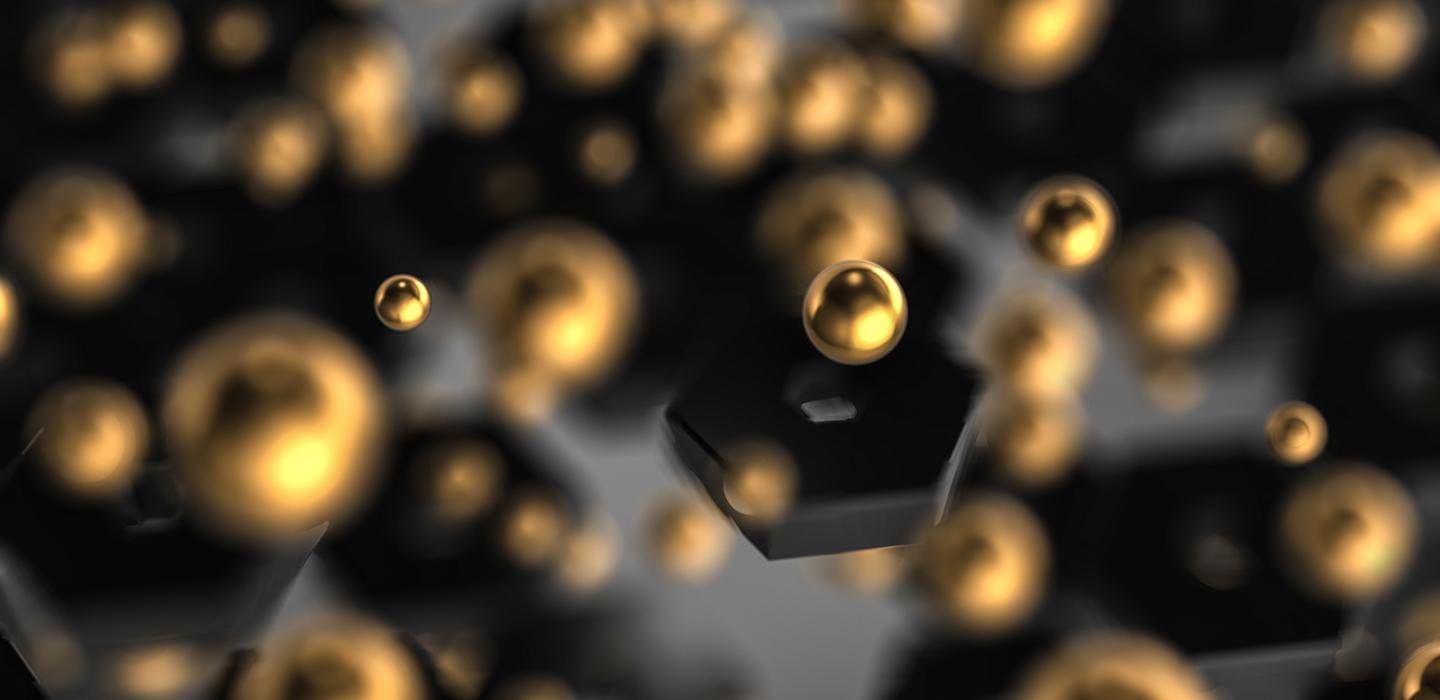
Subscribe to Pittwire Today
Get the most interesting and important stories from the University of Pittsburgh.For decades, scientists have been fascinated by superfluids — materials under extreme conditions where the typical laws of matter break down and friction disappears entirely.
University of Pittsburgh Professor of Physics and Astronomy Vincent Liu and an international team of collaborators report the creation of a stable material that achieves long-sought-after and strange quantum properties. This “topological superfluid” could find use in a variety of futuristic technologies — and in the meantime will provide plenty of new questions for physicists to chew on.
“It’s a fundamental concept that might have a very huge impact to society in its application,” Liu said.
In his field of artificial materials, there’s a close interplay between two kinds of physicists: Those like Liu who specialize in theory use math and physics to imagine yet-undiscovered phenomena that could be useful for futuristic technologies, and others who design experiments that use contained, simplified systems of particles to try to create materials that act in the ways theorists predicted. It’s the feedback between these two groups that pushes the field forward.
Liu and his collaborators, a team composed of both theorists and experimentalists, have been pursuing a material that holds the useful properties of a superfluid regardless of shape and is also stable in the lab, a combination that has eluded researchers for years. The solution they arrived at was shining lasers in a honeycomb pattern on atoms. The way those lasers combine and cancel each other out in repeating patterns can coerce the atoms into interacting with one another in strange ways. The team published their results in Nature on Aug. 11.
To say that the experiment sits on a technical knife edge would be an understatement. It requires that atoms be kept at a temperature of around one ten-millionth of a degree above absolute zero. “It’s among the coolest systems on Earth,” Liu said. All the while, the heat delivered by lasers makes it even more challenging to keep it cool.
Even the act of cooling the material creates its own wrinkles. The team’s main trick was to use evaporation, meaning the warmest atoms fly off, but achieving a material with the right density means there also needs to be plenty of atoms remaining after evaporation. Combining just the right set of conditions is a stunning technical feat, pioneered in the lab of Liu’s collaborator and former postdoc Zhi-Fang Xu, a physicist at the Southern University of Science and Technology in Shenzhen, China. Another collaborator, quantum optics expert Andreas Hemmerich at the University of Hamburg in Germany, helped design the lattice of lasers that holds the atoms in place.
For the international team of physicists, that balancing act is worth it. The resulting material, the team’s calculations show, is the much-sought-after topological superfluid needed to create next-generation quantum computers. But because Liu’s team used atoms to produce these quantum effects rather than using lighter particles like electrons or photons, any quantum computer made from the material would be impractically slow. Instead, Liu said, it will likely be most useful for studying the finer points of how that technology might work.
“It’s like you’re watching an NBA player in slow motion. You’re going to see all of the motion, all of the subtle physics, in a very clear way,” he explained.
That more fine-tuned understanding could help researchers design quantum computers that could handle fast calculations. And the material’s stability compared to other quantum materials could lend itself to other uses, like hyper-precise timekeeping and information storage.
As exciting as the discovery is, it represents only one line of Liu’s work — as a theorist, he works with physicists across the globe to push the boundaries of different kinds of quantum materials. Besides the thrill of discovery and the mathematical beauty of the physics, Liu says it’s those collaborations that keep him excited about the field.
“You could say the community moves as a whole,” he said. “If I just walked by myself, I probably wouldn’t move very far.”
— Patrick Monahan


